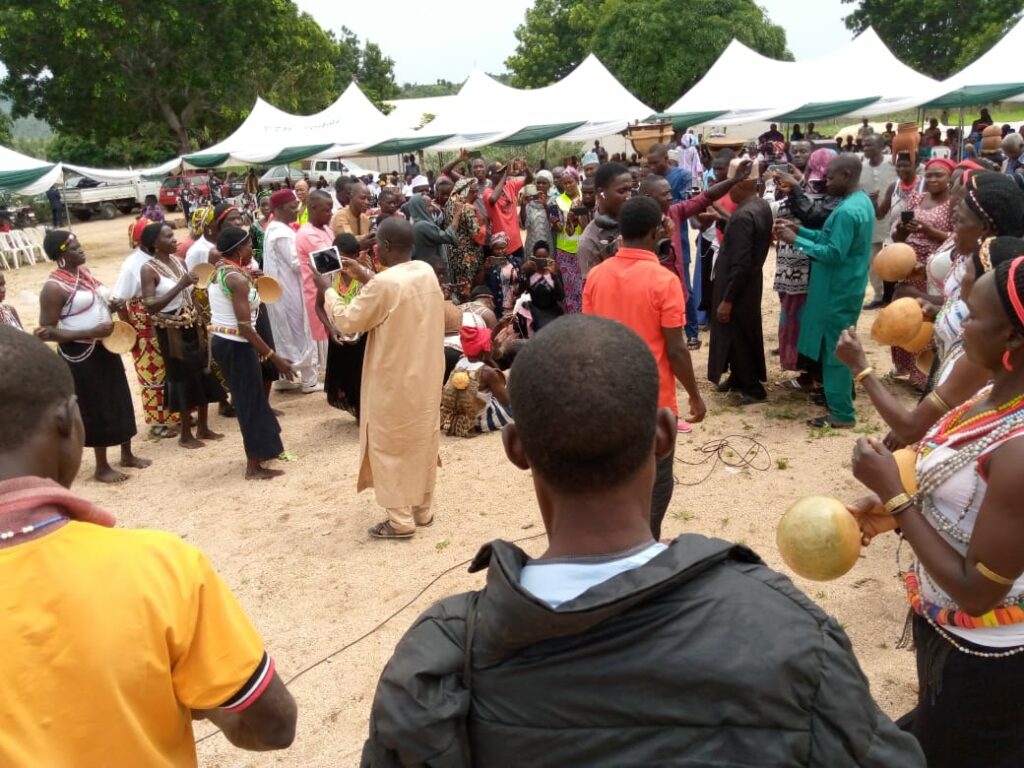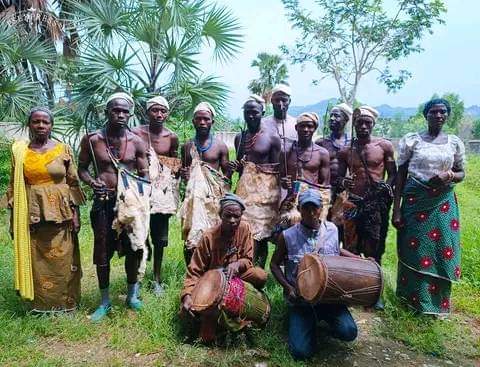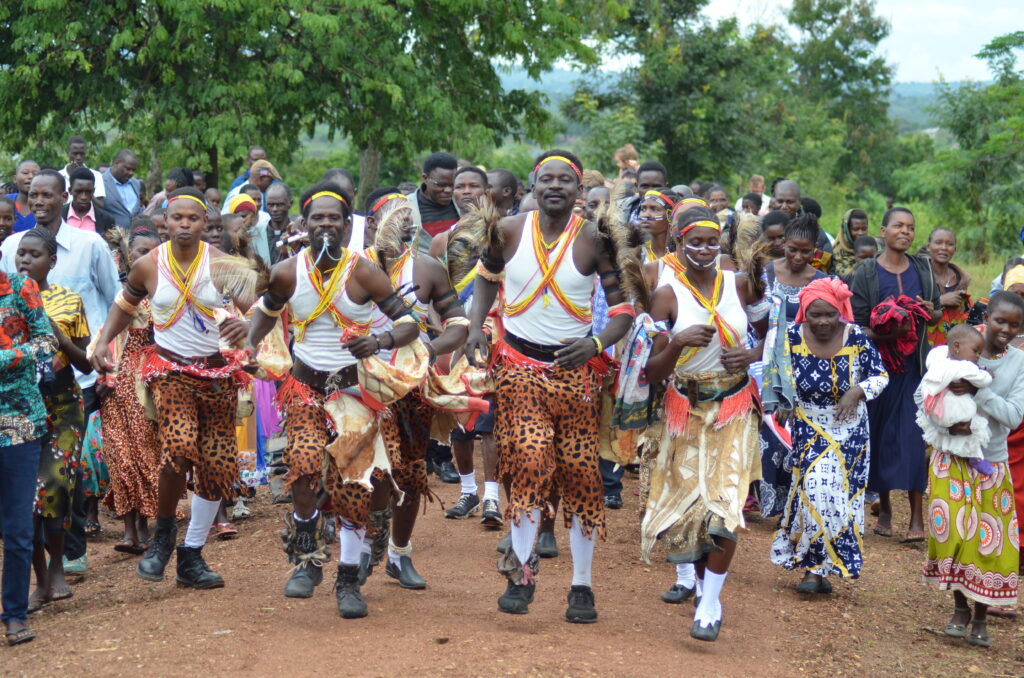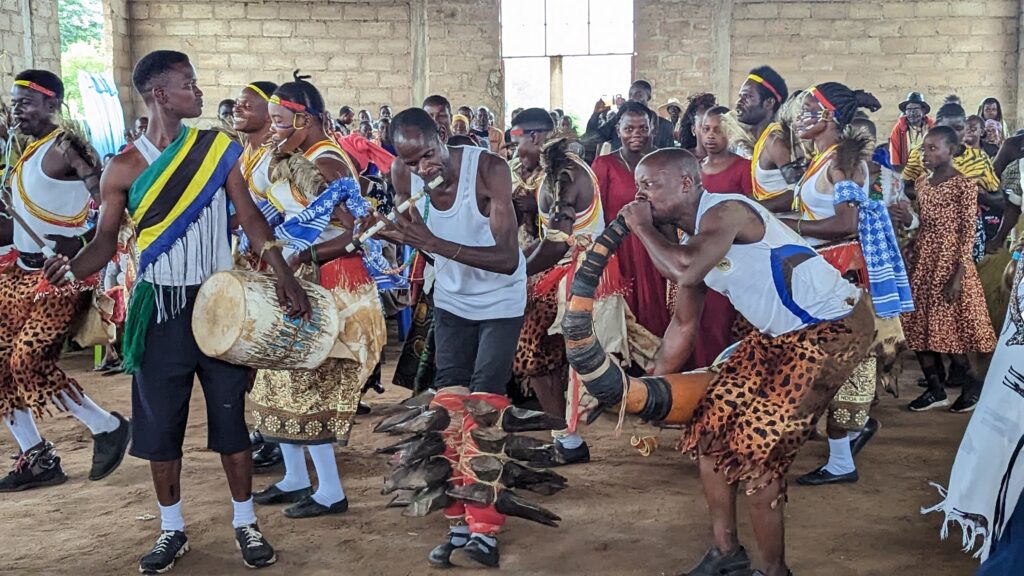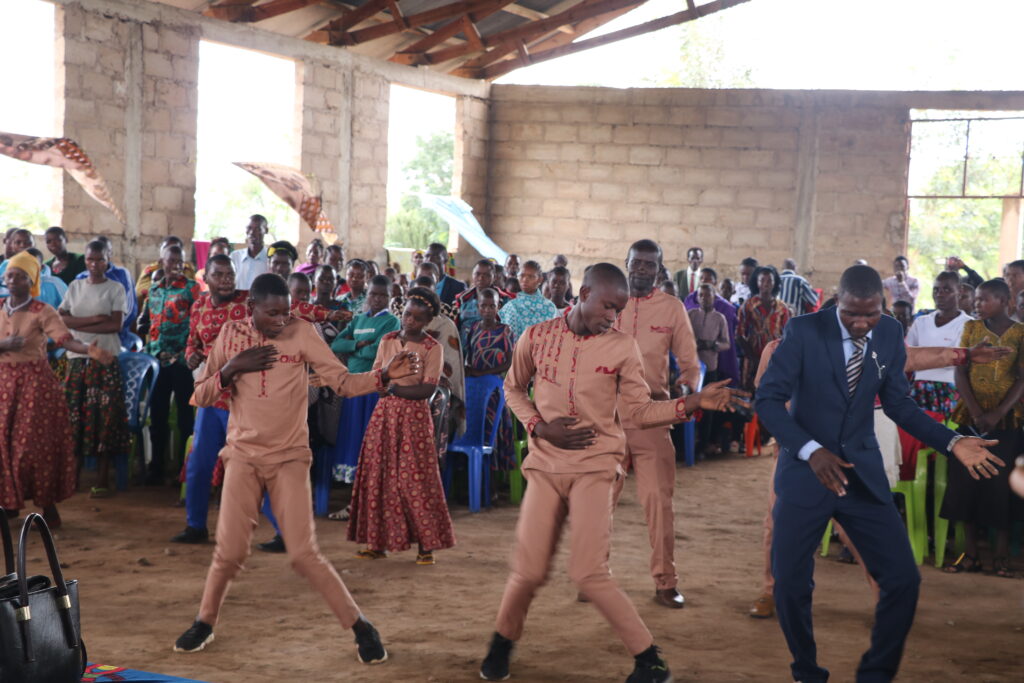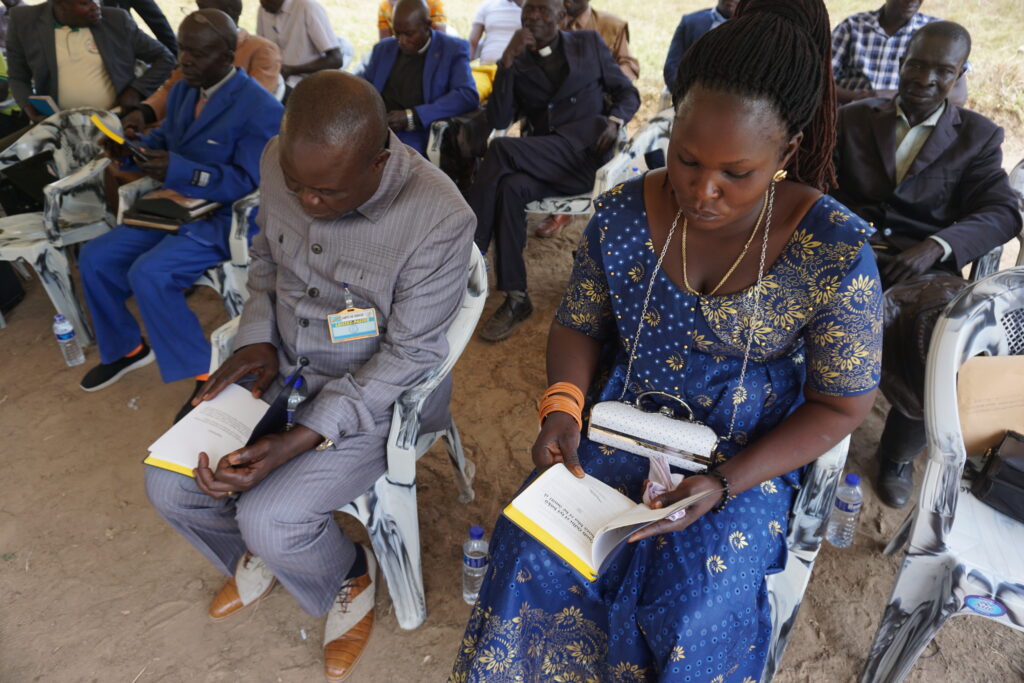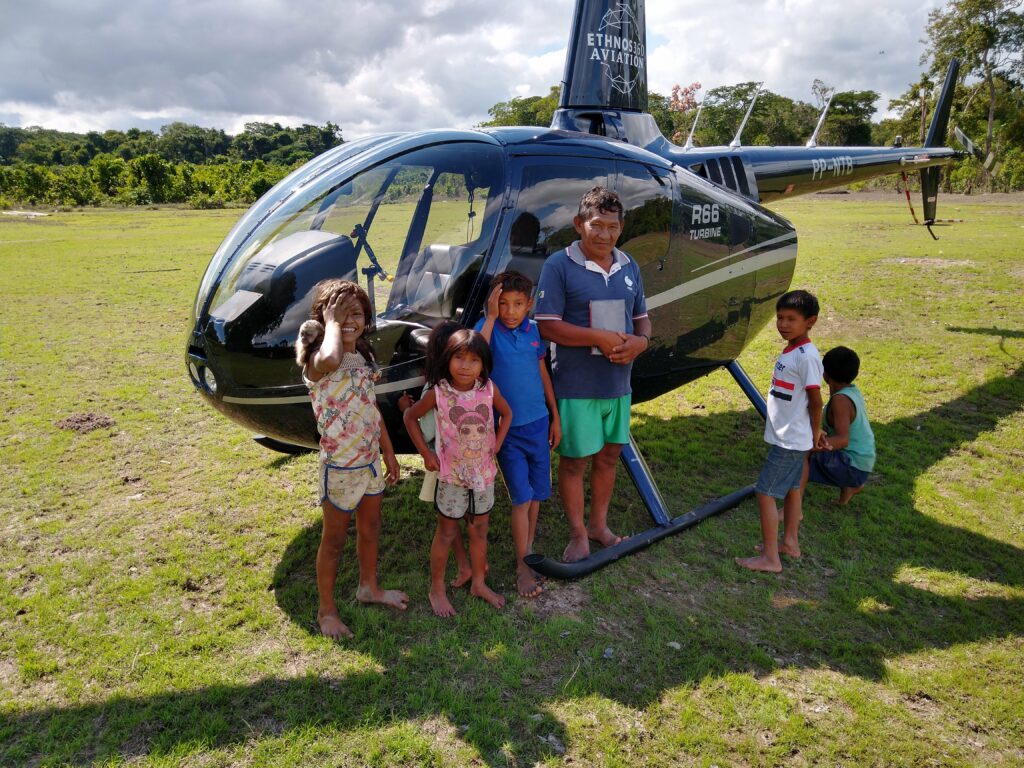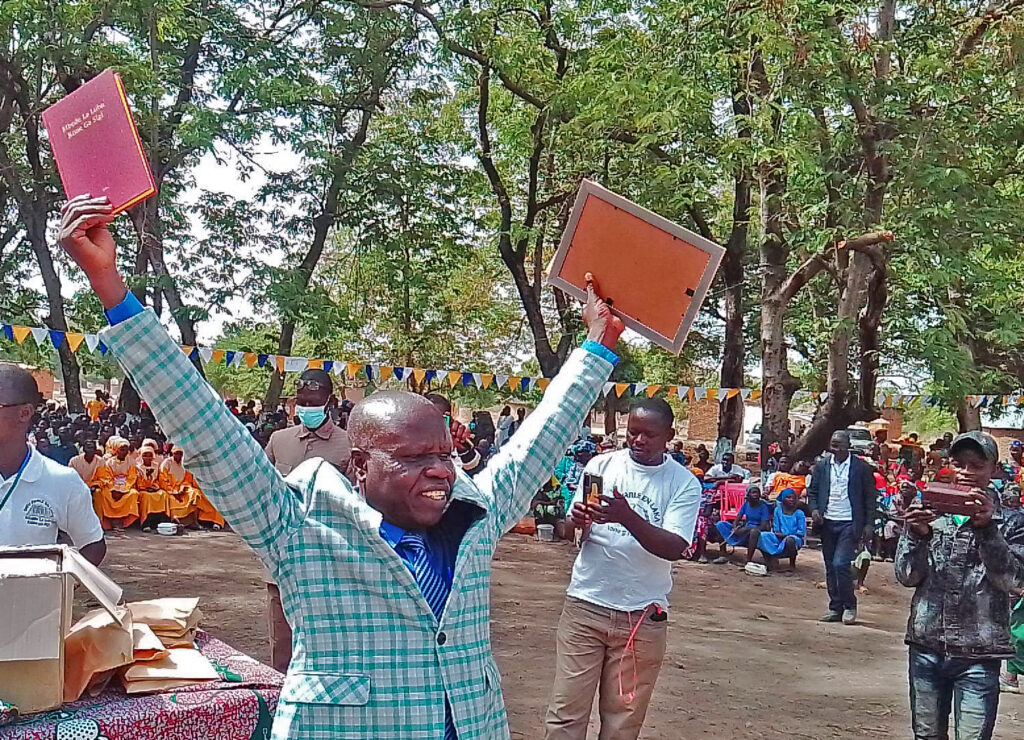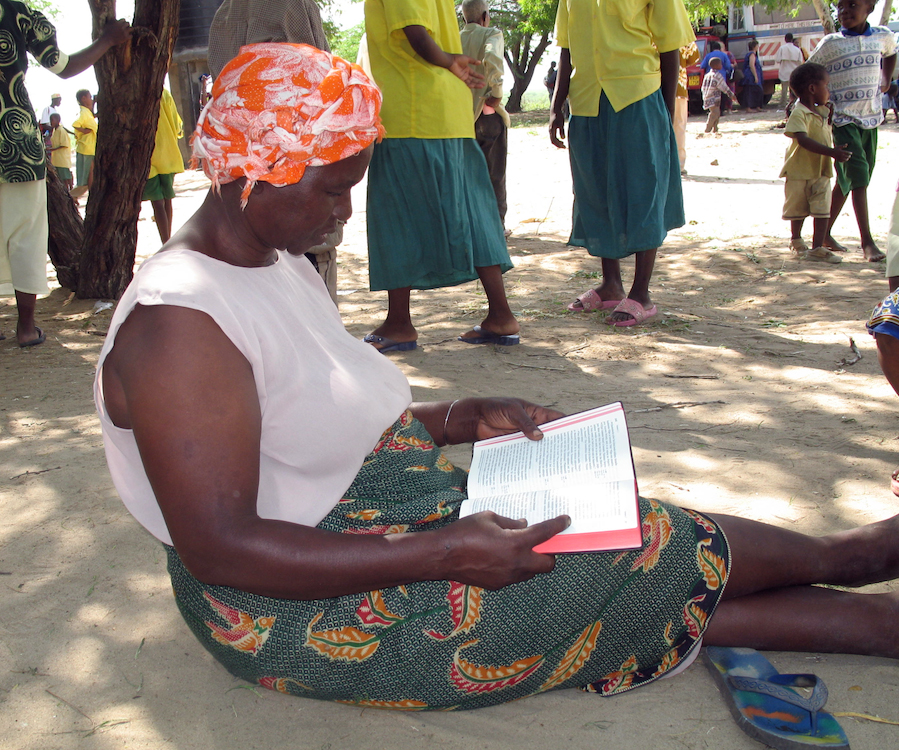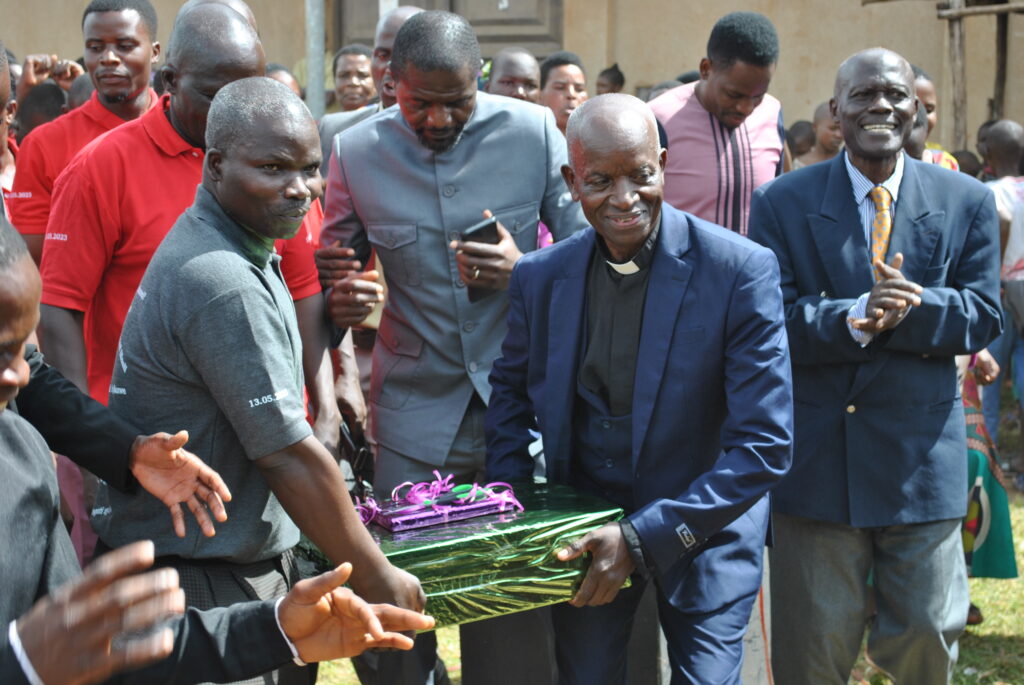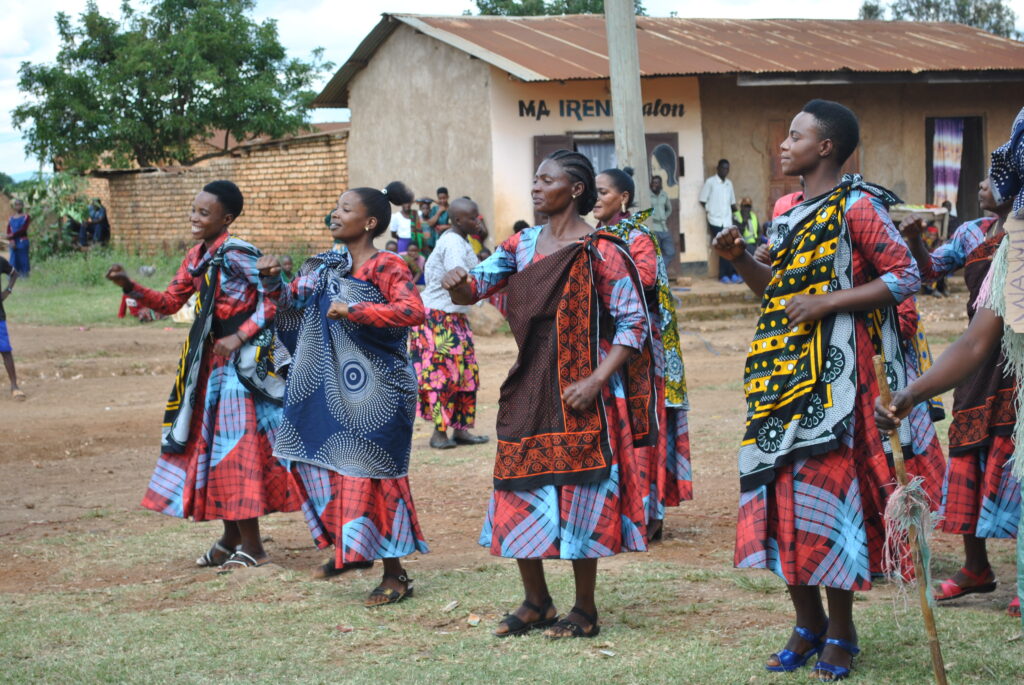The Other Way to Arop
Miles from anything, right on the coast of Papua New Guinea, is Arop—a small village where people from 11 languages meet to translate God’s Word together.
Getting there is unbelievably difficult. Take it from the Pehrsons, who travel there often (with five kids in tow!) to lead the project. The nearest runway is privately owned, and it’s been in disrepair for years. Sometimes they can take a Kodiak to the next closest runway, then ride to Arop in the back of a pickup truck—anywhere from 2–12 hours, depending on how bad the roads are. At times, they’ve had to turn back entirely.
Even so, that’s much better than driving from Wewak, their last resort when the runways aren’t open. As Mandy explains:
We drive through 32 rivers—several of which are prone to flooding, so we have to wait for hours to cross. There are no towns, no gas stations, and no repair shops if we get stuck between the village and Wewak.
Last time, we were about an hour from Wewak when the car overheated. Thankfully, we had brought what I thought was an excess of drinking water, and the driver used it to cool down the radiator. Then he added curry powder to ‘seal it off’ … and a few minutes later, we climbed back into the car and kept driving.
Once in a while, the Pehrsons can share the cost of using the helicopter with other teams—and they land just a five-minute walk from their house in the village. After a recent trip, Mandy wrote:
I felt gratitude like I’ve never felt when the helicopter left. Usually we arrive in the village all hot and sweaty, with black-and-blue backsides from sitting in the back of a pickup truck. This time, we arrived in less than five hours.
I signed up for hardship because I knew that God had called me to this life. However, every once in a while an unexpected blessing arrives, and I’m flooded with thankfulness. The helicopter ride did that for me yesterday.
Learn more on the Pehrsons’ blog, where they write candidly about their life as missionaries in Papua New Guinea. Or grab a copy of Sleeping Coconuts, a new book by their teammates John and Bonnie Nystrom. They share how these 11 languages came together to work on Bible translation—starting with a devastating tsunami 15 years ago.

















